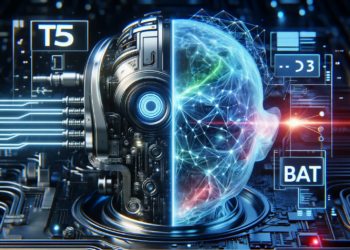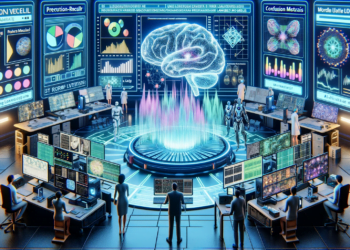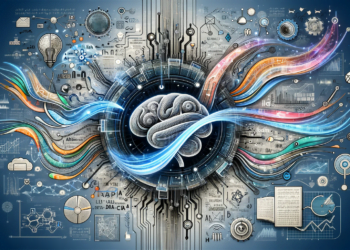The proliferation of language models within the field of Artificial Intelligence (AI) has been dizzying, with their core structured around advanced algorithms and massive datasets. The recent evolution of language models reflects the insatiable pursuit of systems that not only understand but also interact with and generate text in a manner increasingly akin to human fluency.
Foundations of Language Models
At the basic framework of linguistic AI, language models are rooted in probability theory. These models take extensive text corpora as input and learn to predict the most probable sequence of ensuing words. Their functionality lies in their ability to assign probabilities to word sequences, typically training through techniques like supervised learning.
Initially, language models relied on statistical n-gram methods, analyzing and predicting the next element in a sequence based on the previous n-1 elements. The limitation arose from their inability to capture context beyond the immediate range and a propensity to grow exponentially in size and complexity with an increase in ‘n’.
The Revolutionary Transformer Generation
The emergence of the Transformer architecture has propelled text understanding and generation into new dimensions. With its debut in 2017, introduced by Vaswani et al. in their study “Attention is All You Need”, this architecture abandoned the reliance on recurrent networks and brought the attention mechanism to the forefront, capable of weighing the relative importance of different words within a sequence.
Transformers fuel the development of models such as BERT (Bidirectional Encoder Representations from Transformers) and GPT (Generative Pretrained Transformer), primarily distinguished by their focus on understanding the context of words in relation to all others in the text (BERT), versus generating text by predicting the next word in a sequence (GPT).
These developments have led to unprecedented advances in natural language processing (NLP) tasks such as reading comprehension, machine translation, and text generation, surpassing human efficacy in specific benchmarks in many cases.
Practical Applications
The practical deployment of language models spans multiple sectors. One of the most visible uses is in virtual assistants, which have substantially improved their ability to understand and simulate human dialogue. Additionally, we are seeing an increase in AI-driven contact centers and recommendation systems personalizing interaction through natural language analysis.
In the scientific field, applications like AlphaFold demonstrate that the predictive capacity of language models can be extrapolated to the prediction of protein structures, an essential advance for structural biology and drug development.
Comparison with Previous Work
Pre-Transformer approaches relied on contextual limitations—recurrent neural networks (RNN) and Long Short-Term Memory networks (LSTM), for instance, were notably affected by gradient vanishing issues as text sequence lengths increased. As Transformer-based language models gain ground, the gap with preceding methods widens, underscoring their superiority in understanding longer text sequences with reduced computational requirements.
Future Directions
Looking ahead, an expansion is anticipated in the personalization and adaptability of language models. Seeking to enhance efficiency, the trend towards smaller, specialized models like DistilBERT, will grow in popularity. Moreover, the field is leaning towards more ethical and equitable AI, stressing the importance of detecting and correcting unwanted biases.
In terms of innovation, interdisciplinary integration with fields such as cognitive neuroscience promises to catalyze the development of models with a deeper understanding of language processing as it occurs in the human brain.
Relevant Case Studies
The GPT-3 model, one of the largest and most advanced, has enabled the creation of applications ranging from automatic code generation to literary content production, demonstrating a versatility that astonishingly approaches human thought and creativity.
Another significant case is the convolutional neural network in image interpretation, a tool within AI that has enabled the description and narration of visual content, opening new horizons for assisting individuals with visual disabilities.
The convergence of these models with emerging technologies, such as augmented and virtual reality systems, forecasts the creation of increasingly rich and immersive interaction environments for the user, where the barrier between human and artificial interaction continues to blur.
With the current dynamic of progress in language models and their growing influence on multiple aspects of daily and professional life, linguistic AI not only continuously redefines its own boundaries but also challenges ours, as societies and as a thinking and communicative species.






















